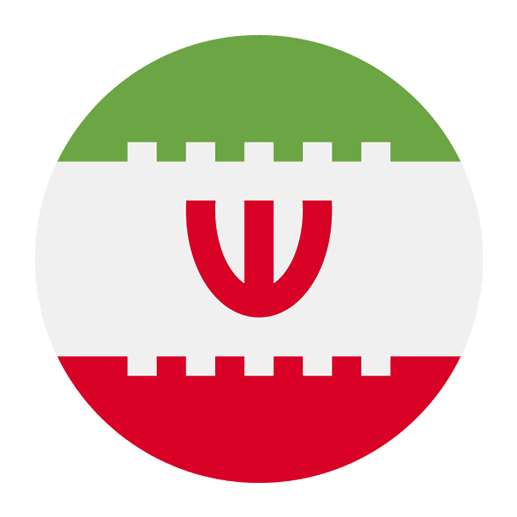In the journey of learning a new language, understanding the nuances between seemingly similar words can be quite challenging. For English speakers learning Persian (Farsi), distinguishing between words like “پدر” (pedar) and “پدرانه” (pedarane) is essential. Both words relate to the concept of “father,” yet they are used in different contexts and convey different meanings. This article aims to clarify these distinctions and provide practical examples to help English speakers grasp the subtleties of these Persian terms.
Understanding “پدر” (Pedar)
The word “پدر” (pedar) is the straightforward Persian term for “father.” It is a noun used to refer to one’s male parent. This word is quite similar to the English word “father” in both meaning and usage. Here are some sentences to illustrate its use:
1. **My father is a doctor.**
پدر من دکتر است.
(Pedar-e man doktor ast.)
2. **His father lives in Tehran.**
پدر او در تهران زندگی میکند.
(Pedar-e oo dar Tehran zendegi mikonad.)
3. **She respects her father.**
او به پدرش احترام میگذارد.
(Oo be pedarash ehteram migozarad.)
In these examples, “پدر” (pedar) is used to denote a specific person, the male parent, in a clear and direct manner.
Exploring “پدرانه” (Pedarane)
On the other hand, “پدرانه” (pedarane) is an adjective that means “fatherly” or “paternal.” It is used to describe actions, qualities, or behaviors that are characteristic of a father. This term conveys a sense of fatherly affection, care, and responsibility. Here are some sentences to show its application:
1. **He spoke to his son in a fatherly manner.**
او به پسرش به طور پدرانه صحبت کرد.
(Oo be pesarash be tor-e pedarane sohbat kard.)
2. **She appreciates his fatherly advice.**
او از نصیحتهای پدرانهاش قدردانی میکند.
(Oo az nasihat-haye pedarane-ash ghadrdani mikonad.)
3. **His fatherly love was evident in his actions.**
عشق پدرانه او در اعمالش مشهود بود.
(Eshq-e pedarane-ye oo dar a’malash mashhood bood.)
In these examples, “پدرانه” (pedarane) is used to describe the nature of the actions or advice, emphasizing their fatherly qualities.
Key Differences
The primary difference between “پدر” (pedar) and “پدرانه” (pedarane) lies in their grammatical roles and the contexts in which they are used.
1. **Grammatical Role:**
– “پدر” (pedar) is a noun.
– “پدرانه” (pedarane) is an adjective.
2. **Context of Use:**
– “پدر” (pedar) refers to a specific individual, the father.
– “پدرانه” (pedarane) describes qualities, actions, or behaviors related to being fatherly.
Understanding these distinctions can greatly enhance your ability to use these terms accurately and appropriately in conversation and writing.
Practical Tips for English Speakers
To better grasp the differences and use these words effectively, here are some practical tips:
1. **Context Clues:**
Pay attention to the context in which the word is used. If the sentence is referring to a specific person, it is likely using “پدر” (pedar). If it describes qualities or behaviors, “پدرانه” (pedarane) is more appropriate.
2. **Practice Sentences:**
Create your own sentences using both words. This exercise helps solidify their meanings and uses in your mind. For example:
– پدر من بسیار مهربان است. (Pedar-e man besyar mehraban ast. – My father is very kind.)
– او همیشه به من نصیحتهای پدرانه میدهد. (Oo hamishe be man nasihat-haye pedarane midehad. – He always gives me fatherly advice.)
3. **Listen and Repeat:**
Listen to native Persian speakers and try to identify when they use each word. Repeating sentences aloud can also help with memorization and pronunciation.
4. **Language Exchange:**
Engage in language exchange with native Persian speakers. Practicing conversation will give you real-time feedback and improve your understanding and usage of these terms.
Conclusion
Learning Persian opens up a rich world of culture, history, and communication. By understanding the differences between words like “پدر” (pedar) and “پدرانه” (pedarane), you can express yourself more precisely and effectively. Remember, “پدر” (pedar) is your go-to noun for referring to a father, while “پدرانه” (pedarane) is the adjective you need to describe fatherly qualities or actions. With practice and attention to context, you will master these nuances and enhance your Persian language skills. Happy learning!

